Newly Uncovered Documents Address the Mystery of One Slave’s Life
New details surrounding the identity of the enslaved man who once lived in the storied Ipswich house at the American History Museum
:focal(-88x-119:-87x-118)/https://tf-cmsv2-smithsonianmag-media.s3.amazonaws.com/filer/70/86/70860479-da65-4b04-8858-abb59cc7c782/chancebradstreet.jpg)
In 1777, in the midst of the American Revolution, talk of liberty was in the air in Massachusetts. But for the enslaved population, freedom was still a distant mirage.
That year, Reverend Isaac Story of Marblehead, Massachusetts, leased his 14-year-old slave to Abraham Dodge, a ship captain and maritime trader living in the neighboring town of Ipswich, about 30 miles north of Boston.
Named Chance Bradstreet, the enslaved adolescent lived with the Dodges at 16 Elm Street, a two-and-a half-story house, which Dodge purchased upon his return from fighting in the Revolutionary War. Two hundred years later, that same house now stands as the centerpiece in the exhibition “Within These Walls” at the Smithsonian's National Museum of American History in Washington, D.C.
Only recently have the details of Chance Bradstreet's life been revealed. “It’s exciting to present this story and not only to make visible his life in this house, but also in this community and in the larger world, helping to build a nation along with Abraham Dodge and others,” says Shelley Nickles, a curator in the museum’s division of home and community life.
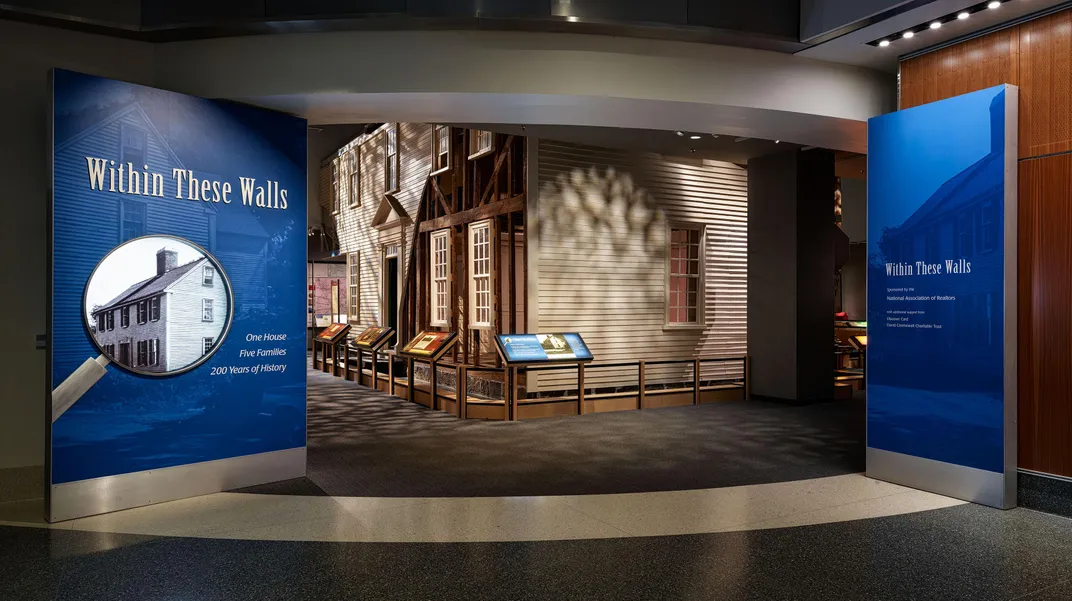
When the museum (then called the National Museum of History and Technology), acquired the house in 1963, as a result of efforts by Massachusetts locals to save the house from demolition, curators displayed it as a nod to the technology of the colonial era. But in 2001, the museum revamped the exhibition to tell the personal stories of five families who called it home over the course of two centuries. Abraham Dodge and Chance were part of the exhibition’s narrative.
But, as is common with the histories of enslaved people, information about Chance was lacking. In fact, the only evidence of his existence was found in Dodge’s will, in which the patriot noted that his wife, Bethaia, would inherit “all the right to the service of my negro man Chance.”
Everything changed in 2010 when Christopher Challender Child, a genealogist at the New England Historic Genealogical Society visited the museum during a family vacation. Intrigued by the story of Chance, who was noted as a “mystery” in the museum’s caption panel, Child returned from his vacation determined to search for a post-Revolutionary African-Americans named Chance in Massachusetts.
Child uncovered Chance’s birthday when he found a 1912 posting from the genealogy column in the Boston Evening Transcript, which referenced a book belonging to a woman named Sarah Bradstreet. According to the posting, “on the inside of the back cover is written: ‘Chance was born on the 16th of September, 1762.’” (Read Child's 2010 article "Chance Bradstreet (1762-1810), Servant of Abraham Dodge of Ipswich Massachusetts" here.)
Sarah Bradstreet was the daughter of the Reverend Simon Bradstreet of Marblehead, whose inventory lists “Negro Woman Phillis (presumably Chance’s mother)” and “Negro Boy Chance.” Sarah was married to Isaac Story, who inherited Phillis and Chance upon the reverend’s death, and later leased Chance to Dodge. The terms of the agreement under which Story relinquished Chance stated that the lease would last “12 years and a third.”
Chance likely worked in the house and in Dodge’s fields, but he also was employed on the waterfront among other black and white laborers. An entry in a 1787 account page from Bethaia, which Nickles discovered in a Massachusetts archive, notes that Chance worked 16 days “making fish,” or drying and preserving codfish to be shipped to Europe and to feed slaves in the West Indies.
“It ties him to a world that’s much larger and goes beyond his little seaport town of Ipswich or Marblehead,” says Nickles. “It ties him to this whole Atlantic world.”
But during the period that Chance was enslaved to the Dodges, Massachusetts underwent a revolution of its own. As the colonies fought for freedom from Britain, abolitionists in Massachusetts, the first slave-holding colony in New England, fought for freedom for the enslaved.
Though the 1780 ratified Massachusetts Constitution stated, “All men are born free and equal,” slavery continued in the colony until abolitionists and slaves themselves petitioned for change. In a series of court cases, a slave named Quock Walker sued his owner on the basis of the constitution’s article on freedom.
Chief Justice William Cushing ruled in the final case in 1783: “I think the idea of slavery is inconsistent with our own conduct and Constitution; and there can be no such thing as perpetual servitude of a rational creature, unless his liberty is forfeited by some criminal conduct or given up by personal consent or contract.”
In spite of this judicial decision, change was slow. It was not until 1790 that slaves were no longer listed in the inventories in Massachusetts. It is likely that Chance continued in servitude to Bethaia, according to her husband’s will, until Abraham's death in 1786. Another document that Nickles found also indicated that Chance was still enslaved after the court’s ruling.
“What we do in the exhibition is really explore what independence meant for Chance,” remarks Nickles.
It is likely that he did not gain his freedom until the expiration of the lease in 1789. Marblehead tax records from 1794 in Marblehead list him as a free man. A town valuation list from 1809 suggests that not only did Chance find freedom but he also built a life for himself. According to this record, which Childs discovered, a “Chance Broadstreet” was head of a two-person household on Darling Street. The other person’s identity is unknown, but it could have been his presumed mother, Phillis.
According to the death records, he died a free man in 1810.
“His legacy lives on in that house,” says Nickles. “He helped build that community in his work. He was part of the community.”
“Within These Walls” is permanently on view at the Smithsonian's National Museum of American History in Washington, D.C.
/https://tf-cmsv2-smithsonianmag-media.s3.amazonaws.com/accounts/headshot/DSC_0154.JPG.jpeg)
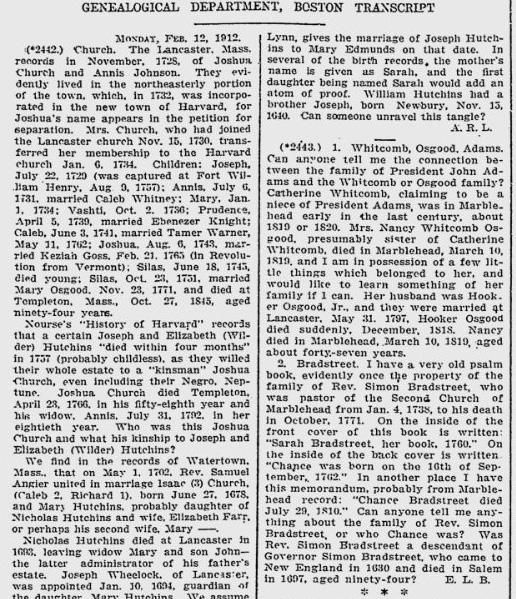
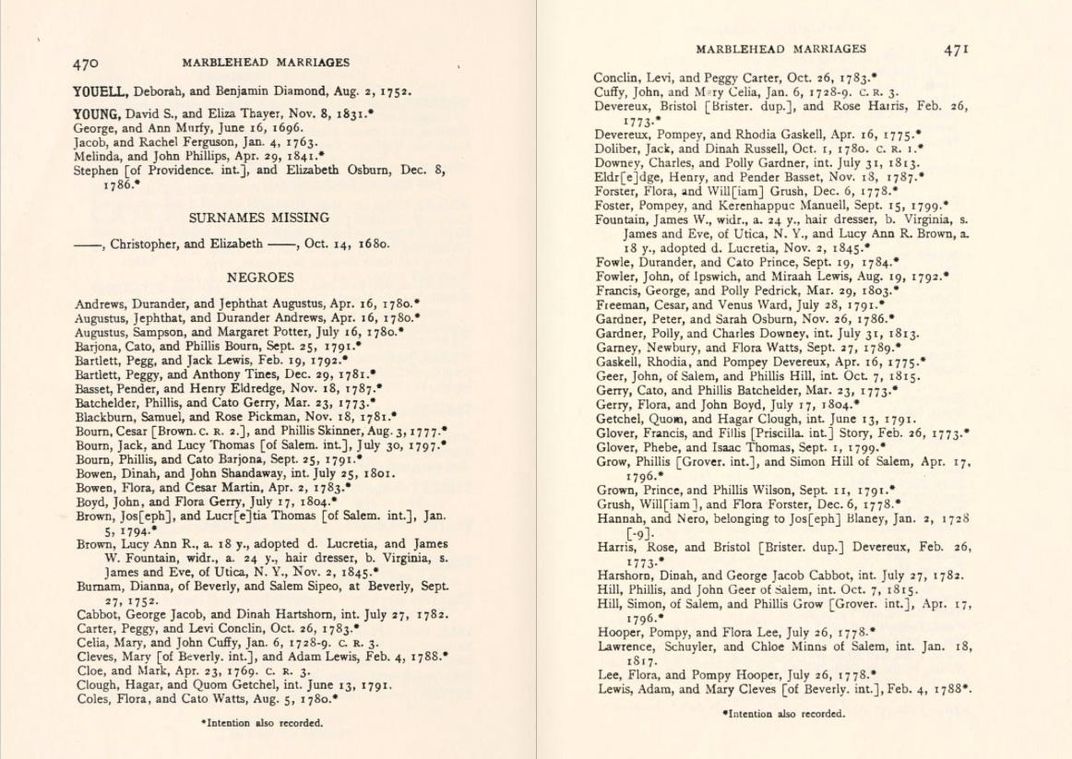
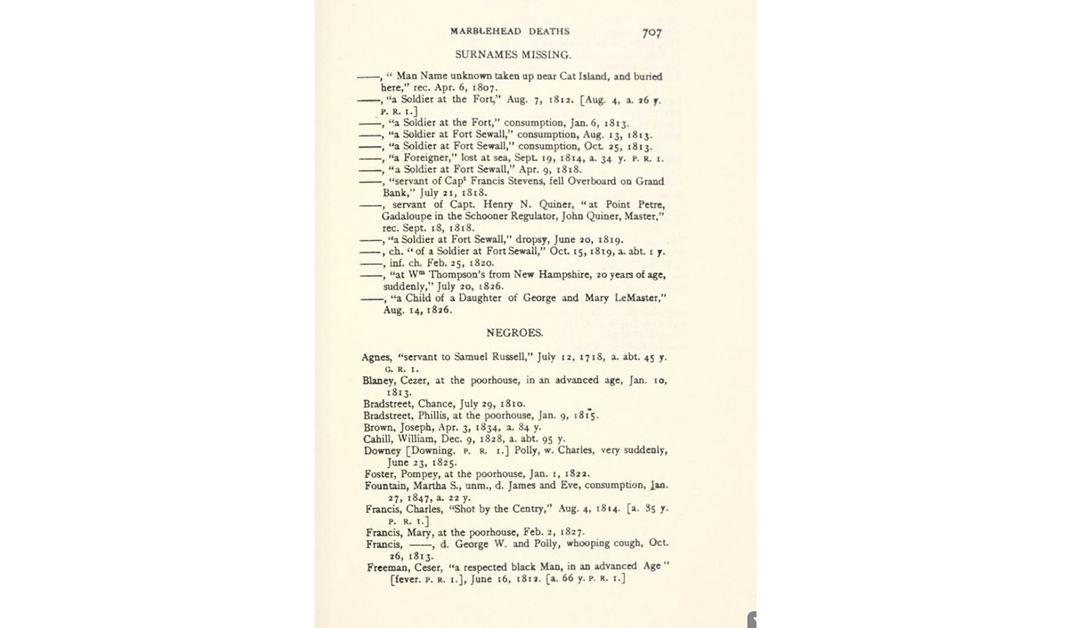
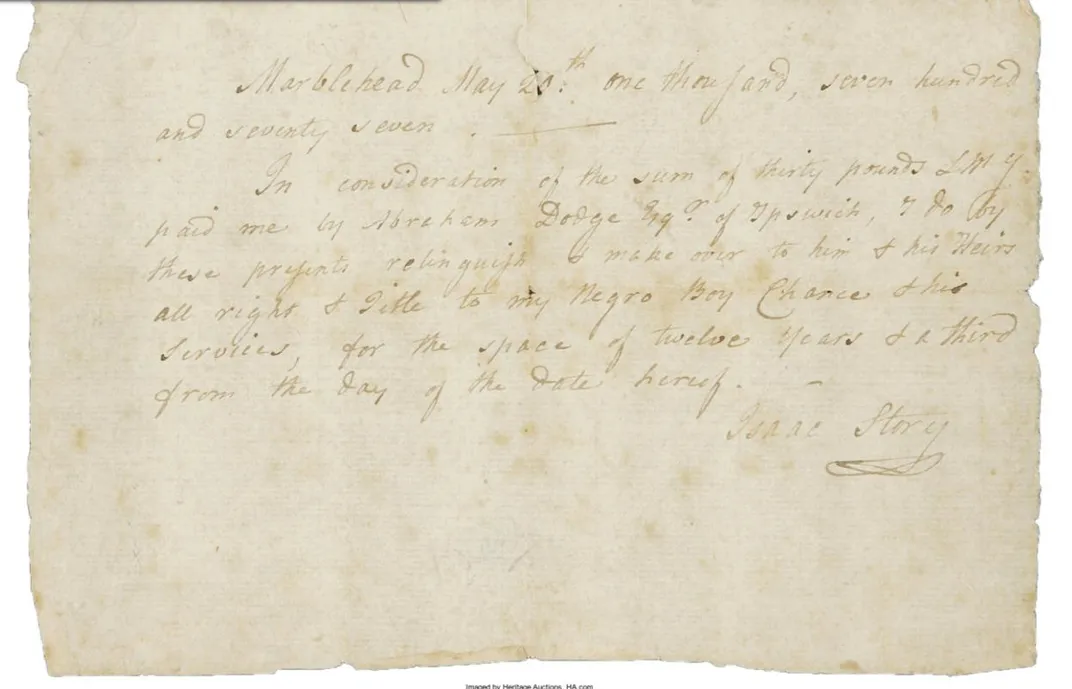
/https://tf-cmsv2-smithsonianmag-media.s3.amazonaws.com/accounts/headshot/DSC_0154.JPG.jpeg)